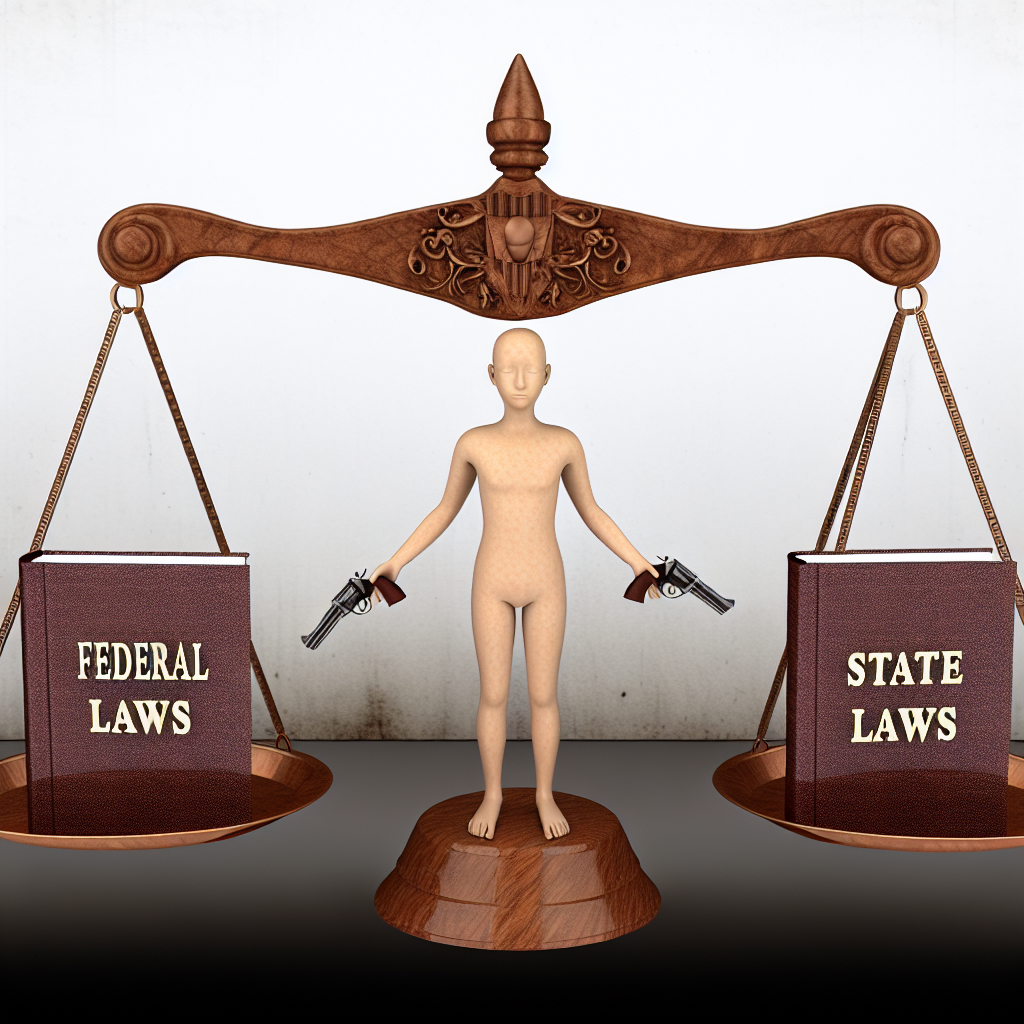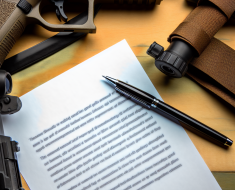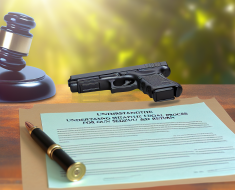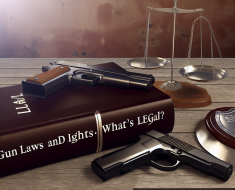Federal vs State Gun Laws: Which Rules Apply to You?

The United States has one of the most complex and often debated regulatory frameworks concerning firearms. With a patchwork of federal laws intertwined with diverse state regulations, understanding which gun laws apply can be confusing for gun owners, prospective buyers, and the general public alike. This article explores the nuances between federal and state gun laws, highlights how they interact, and provides clarity on what rules apply depending on your location and circumstances.
The Foundation: Understanding Federal Gun Laws
Federal gun laws form the baseline legal framework for firearm ownership and use across all states. Enacted primarily through legislation such as the Gun Control Act of 1968 (GCA) and the Brady Handgun Violence Prevention Act of 1993, these laws set nationwide standards regarding who can own firearms, what types are regulated, and how sales are conducted.
Key provisions of federal gun laws include:
- Background Checks: Federally licensed firearm dealers must conduct background checks on buyers through the National Instant Criminal Background Check System (NICS).
- Prohibited Persons: Certain categories of individuals are barred from owning or purchasing guns, including convicted felons, individuals with restraining orders related to domestic violence, persons adjudicated as mentally ill, and illegal drug users.
- Firearm Types Regulated: Fully automatic weapons manufactured after 1986 are heavily restricted under the National Firearms Act (NFA), along with short-barreled rifles, silencers, and other specialized firearms.
- Minimum Age Requirements: Federally set minimum ages require buyers to be at least 18 years old for rifles or shotguns and 21 for handguns from licensed dealers.
Federal law also governs interstate commerce in firearms. For example, transporting a firearm across state lines requires compliance with federal guidelines. Importantly, federal law preempts certain state regulations but not all; this creates a layered legal environment where both sets of laws can coexist or conflict.
The State-Level Landscape: Diversity in Gun Regulations
While federal laws establish baseline requirements, each state has the authority to enact its own firearm regulations that may be more restrictive or expansive than federal rules. This autonomy leads to significant variation across states in terms of possession rights, carrying permissions, and registration requirements.
Examples of varying state-level regulations include:
- Permit to Purchase vs. Permit to Carry: Some states require permits to purchase firearms (e.g., Illinois), while others only require permits for carrying concealed weapons (e.g., Florida).
- Open Carry Laws: States differ widely in allowing open carry of firearms. For instance, Texas permits open carry without a license under certain conditions, while California generally prohibits it.
- Assault Weapon Bans: Several states like California and New York have banned assault-style rifles or imposed strict restrictions on them; other states have no such bans.
- Waiting Periods: Some states enforce mandatory waiting periods between purchasing a firearm and taking possession (e.g., California’s 10-day wait), designed as a “cooling off” period.
- Background Check Expansion: Certain states extend background checks to private sales and gun shows beyond the federal requirement for licensed dealers.
This diversity reflects varying political climates, cultural attitudes toward guns, crime rates, and historical contexts within each state. For example, Vermont has long had permissive gun laws with no permit required for concealed carry (“constitutional carry”), while New Jersey enforces strict licensing requirements for virtually all types of gun possession.
How Federal and State Gun Laws Interact
The relationship between federal and state gun laws is often described as “preemption,” where federal law supersedes conflicting state law. However, this preemption applies only in specific contexts — notably when a state law directly conflicts with or attempts to regulate federally regulated areas such as interstate commerce in firearms.
The interaction can be summarized as follows:
- If State Law is More Restrictive: The stricter law generally applies. For example, if federal law allows open carry but a state bans it outright within its borders, the state’s ban holds sway within that jurisdiction.
- If State Law is More Permissive: Federal prohibitions remain enforceable regardless of relaxed state rules. For instance, even if a state allows possession by certain individuals prohibited federally (e.g., felons), those individuals remain federally prohibited from owning guns.
- No Conflict Scenario: When there is no direct conflict between federal and state law—for example requiring background checks on private sales—the two sets operate simultaneously unless preempted by courts or statutes.
A notable example is the Firearm Owners Protection Act (FOPA) of 1986 that limits some federal restrictions on transporting firearms across state lines but still requires compliance with local laws at destinations. Thus someone legally carrying in one state may violate another state’s stricter rules upon entry despite no change federally.
Navigating Carry Laws: Concealed vs Open Carry Across States
A major point of confusion arises around carrying firearms in public—particularly distinctions between concealed carry permits (CCW) versus open carry permissions—and how these vary between states while interfacing with federal standards.
<strong








